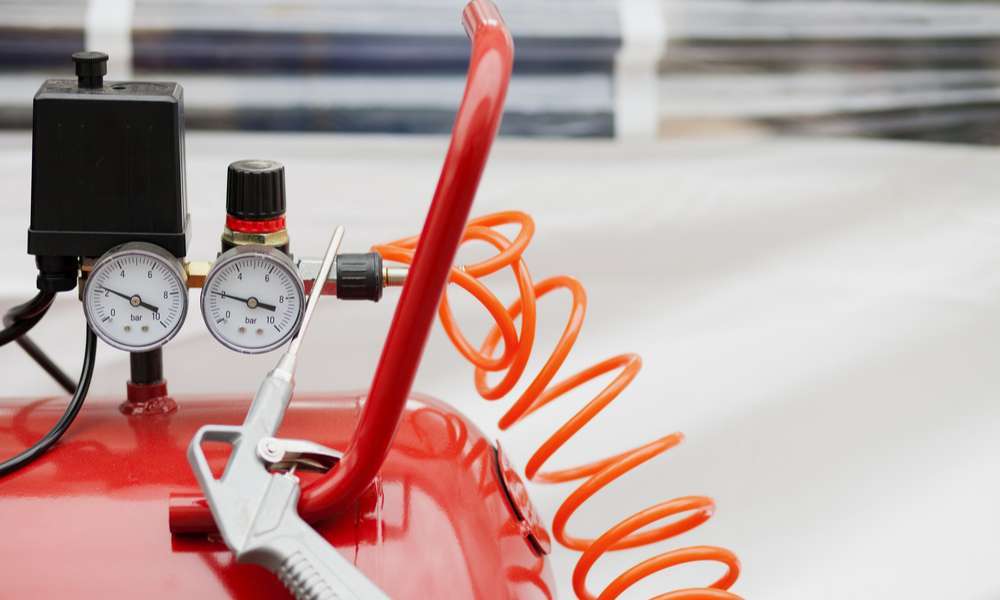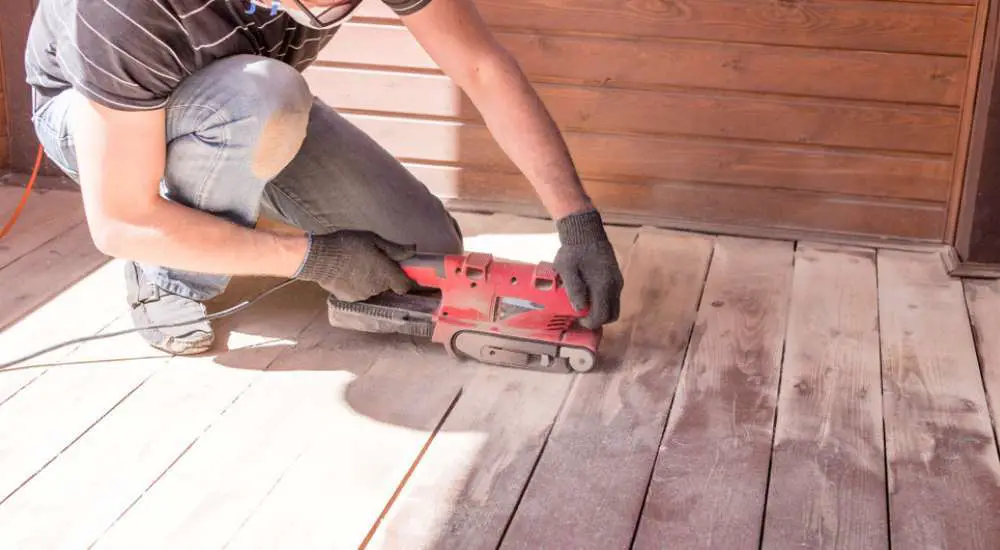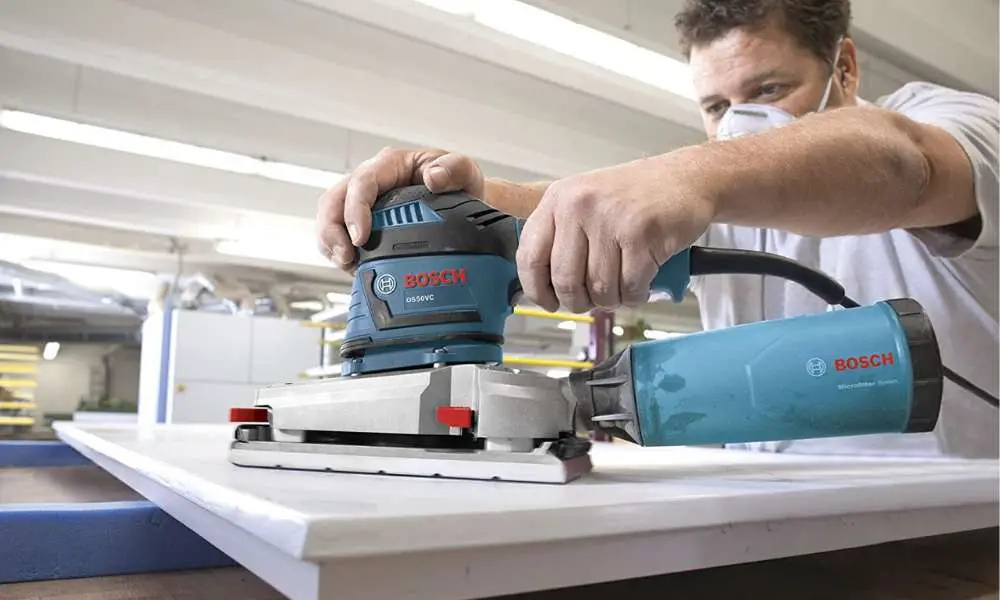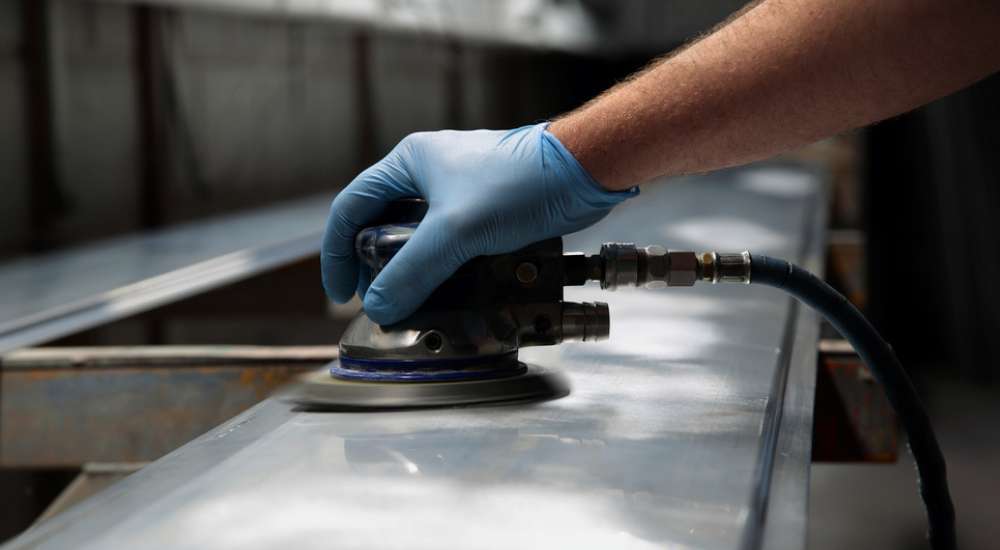
What is CFM? Why is CFM important? What CFM is perfect for my spray painting job? These are some of the questions that I receive regularly from painters. If you are a beginner, you are told to focus on the basics as you improve. For over half a decade, I have been working with different painters and paints. I have come across the latest paint sprayers and I have had the privilege of supervising huge painting projects. That said, I believe that I am in a perfect position to help answer any question that you might have in the field of painting.
When out to purchase an air compressor for your spray painter, you must consider factors such as the compressor’s tank size, pressure and CFM. In this article, I am going to focus on CFM only. What CFM is required for spray painting? I will answer this question and inform you why CFM is very important in spray painting.
Contents
What is CFM?
Before we delve into what is the right CFM for spray painting, let us first discuss what CFM is. Well, CFM is an acronym for Cubic Feet per Minute. Basically, CFM refers to the amount of compressed air that a particular compressor can release under specific pressure (for example 90 PSI) in a minute.
In my view and experience, of all the three requirements (tank size, CFM and pressure), CFM is the most important. Without the right CFM ratios you will not have a perfect paint job. However, different painters have different painting needs.
In that case, to get the right compressor, always consider your spray gun. Compare the CFM indications for your spray gun with the CFM for your compressor. The CFM of your compressor should always be higher than that of your spray gun for better results.
What is The Perfect CFM for Spray Painting?
As aforementioned, your compressor’s CFM depends on your spray gun’s CFM so there is no outright answer for this question. The compressor’s CFM will also depend on the type of painting project that you are undertaking. The quality of your spray gun also plays a part in determining the right CFM.
For instance, a quality HVLP spray gun needs up to 20 CFM to operate perfectly. On the other hand, a conventional spray gun needs between 11-15 CFM because it does not need as much air as a quality HVLP spray gun.
It is important to note that even though you can acquire low CFM spray guns, the quality of your finishing will be slightly compromised unless you are a seasoned veteran painter. The Perfect Match for Spray Gun and Compressor
Paint spraying is all about air volume and not the pressure produced. In that case, you need an air compressor that works in harmony with the other parts. For instance, if the spray gun requires more CFM than the compressor can offer, your painting job will not be perfect. The main parts to consider include:
1. Spray Guns
If you are using HVLP spray guns, you need a compressor that can deliver about 20 CFM. In most cases, these are two-stage compressors. They might be a little bit costly but they will serve you for a long time while delivering high quality results. HVLP spray guns waste little spray as well.
2. The Air Compressor’s Power
The compressor’s power refers to the amount of motor hose power needed to power the whole system. Again, CFM is very important on this front. It is through CFM that the temperature and humidity are kept in the right levels.
When buying an air compressor for spray painting, considering the CFM and PSI ratings can help you avoid a lot of mishaps. The compressor should always be able to supply the amount of pressurized air that your sprayer demands.
3. Water Filter
For a spray painter to work perfectly, the air produced needs to be super dry. If the air has moisture, the paint coming out from the spray gun is relatively thicker than you expected. This alters the quality of your paintings. Having the right water filter will prevent this and you will not need a lot of CFM to do an otherwise simple job.
Other factors that contribute to the right combinations include the size of the air compressors and the airbrushes. After gathering all these items, each in the right conditions, you should be able to connect them together and start painting.
I understand that learning all these tricks can be hectic for a beginner, however, with constant practicing you will come up with the right combinations. It will reach a point where you don’t have to think what goes where.
Pro Tips
During a spray painting job, consider the following pro tips to help you finish the job quickly and efficiently:
Always have the right combinations. The sprayer and the air compressor have to work in perfect harmony. You can achieve this by reading the manufacturer’s manual guides on both products
The compressor’s CFM should always be higher than that of the paint sprayer
If you can access an HVLP sprayer, that would be perfect.
Always gather everything that you will need before starting your spray painting project
Conclusion
Spray painting is one of the most efficient forms of painting. With a good sprayer, you can come up with painting jobs that are top-quality. However, paint sprayers do not work on their own, they need powering and in most cases, this comes from air compressors. In that case, it is wise to have the perfect compressor-sprayer combination for the connection to work perfectly.
One of the factors to consider while at it is the CFM. Being an acronym for Cubic Feet per Minute, CFM refers to the amount of air released by the compressor per minute. The perfect CFM for spray painting is between 10 and 20, depending on the type of your sprayer.
The rule of the thumb is that the CFM of the Compressor should always be higher than that of the sprayer. Hopefully, this piece has been informational to you. If so, leave a comment below.




Leave a Reply